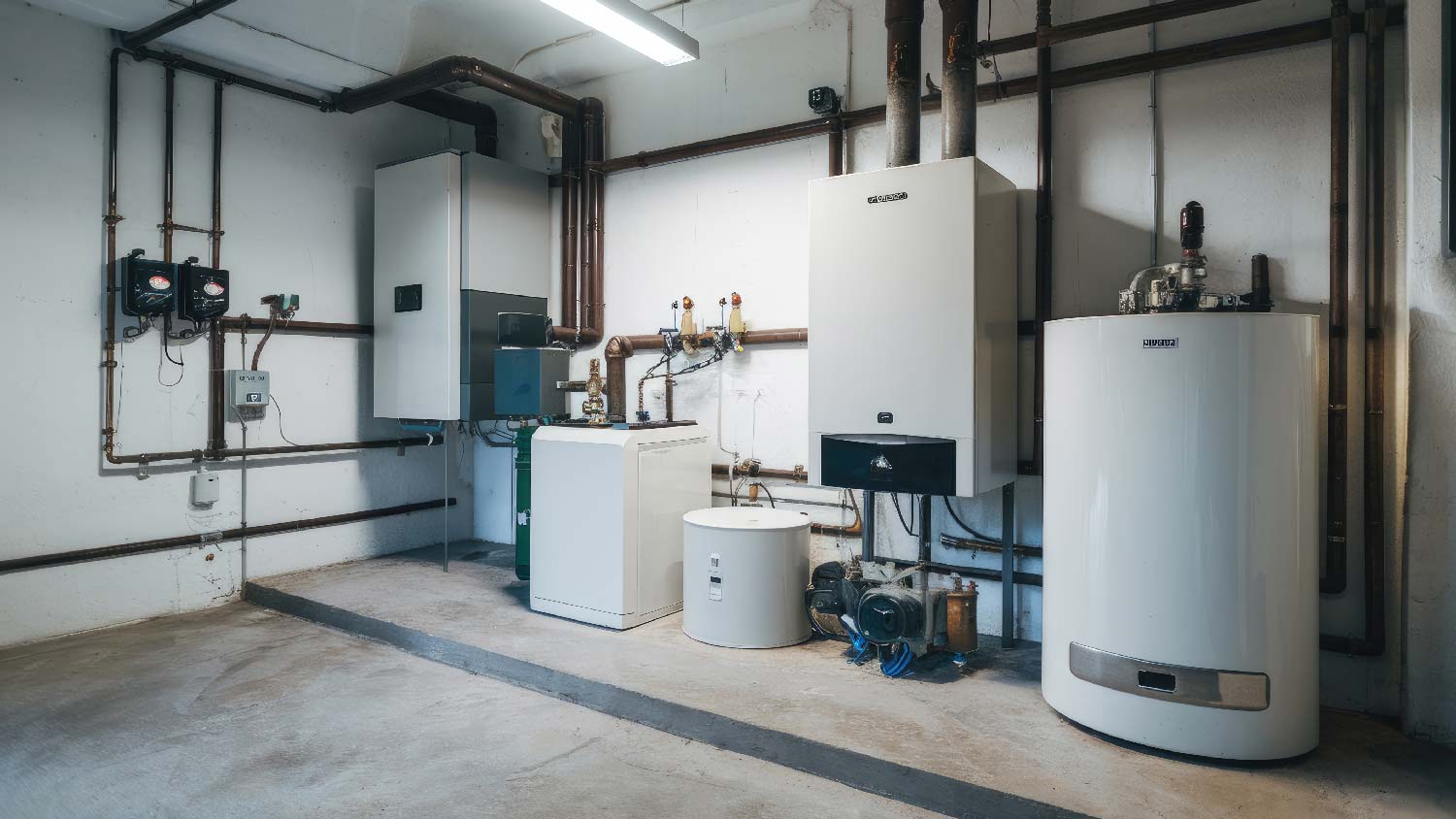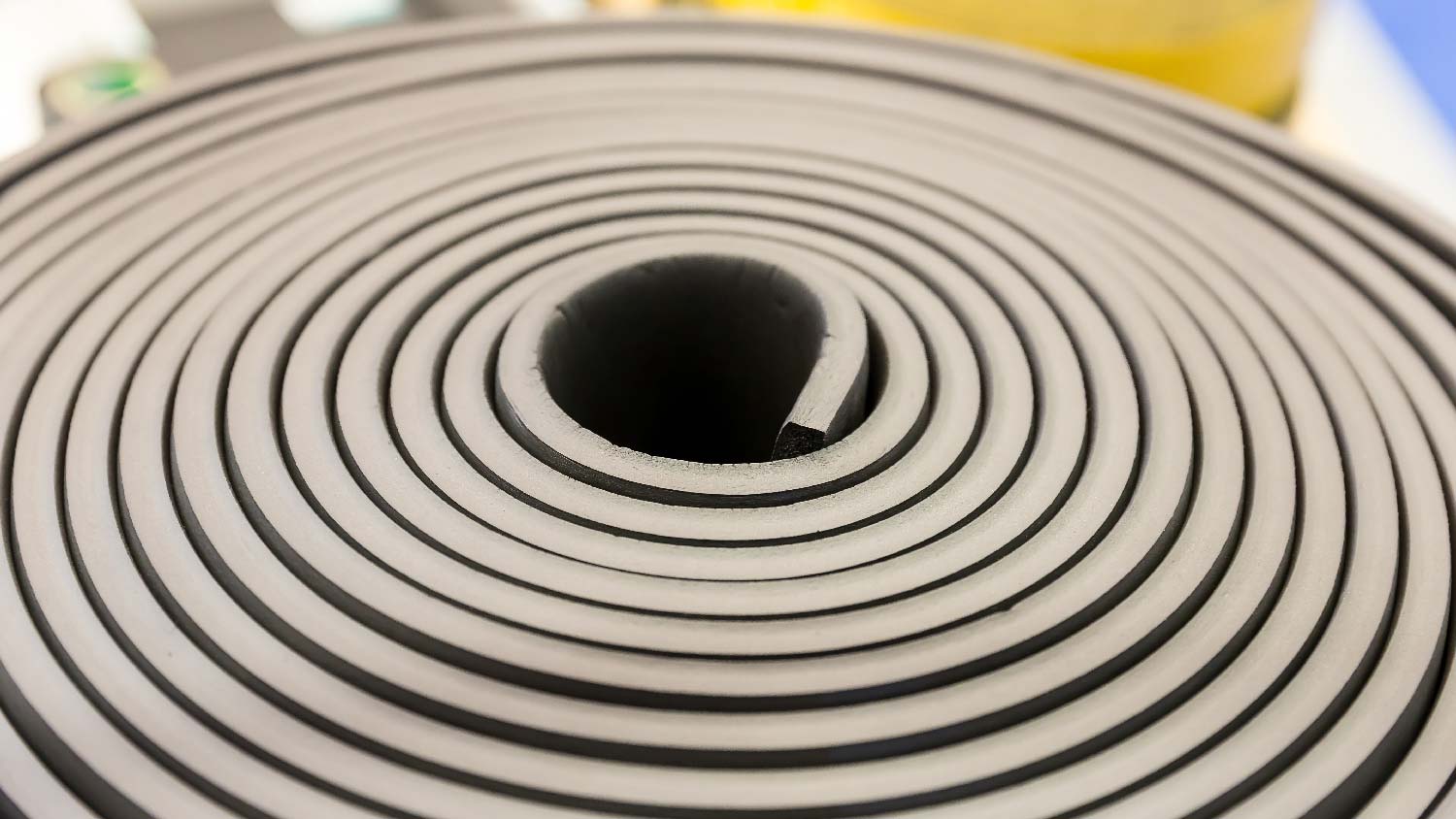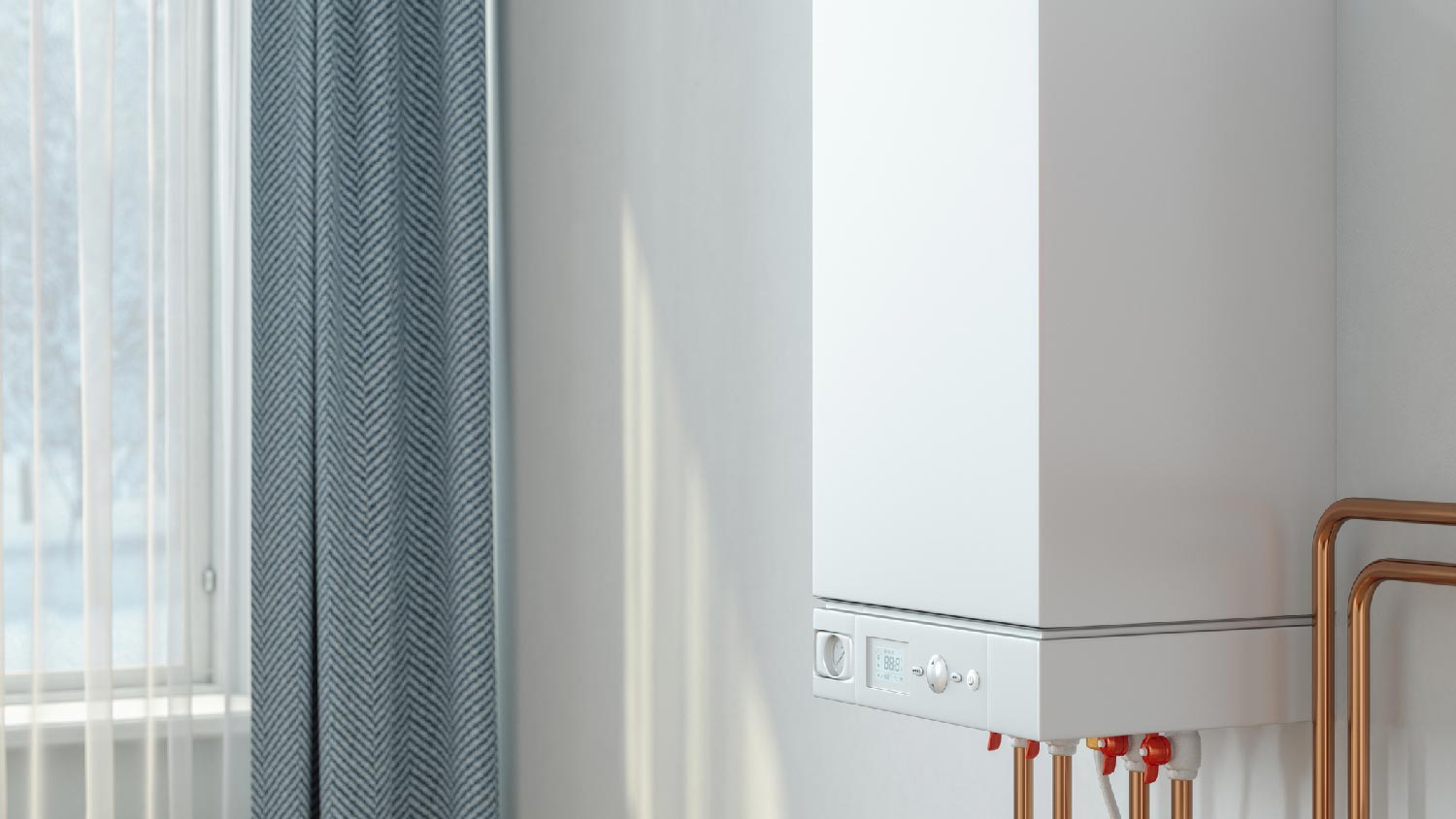Do Water Heater Blankets Work?
You’re not the only one who needs to be wrapped up when it’s cold out


Water heater blankets provide insulation to a unit, reducing heat loss and energy costs.
Insulating blankets prevent a unit from overworking, thereby extending its lifespan.
You don’t need a water heater blanket if you live in a warm climate, have a gas water heater, or your warranty prohibits it.
If your energy bills are particularly high or your showers are intermittently hot and cold, you may be interested in a water heater blanket. This extra feature offers added insulation to your unit, often lowering what you pay monthly for heating and preserving the integrity of your machine. They can reduce the need for water heater repair costs, too.
Learn when a water heater blanket is really necessary and when you’re better off without it.
What Is a Water Heater Blanket?
A water heater blanket is a protective tarp that wraps around a water heater to better insulate the unit. It’s often made from materials like fiberglass, foil, and denim. A water heater blanket is recommended if your unit has an R-value of 24 or less or is hot to the touch. The blankets' R-values vary, but experts suggest using one with at least an R-value of eight.
Why Might I Need a Water Heater Blanket?

There are three reasons you may need a water heater blanket. Some involve lowering energy output and associated savings, and others relate to protecting and providing preventative maintenance on a water heater.
Water Heater Is Installed in a Place With High Heat Loss
It takes more time and energy to heat up a cold object than it does one that’s already at an average temperature. So, if your water heater is located somewhere drafty or where the temps tend to plummet, like in an attic, basement, garage, or backyard, covering it with an insulating blanket will prevent it from cooling down too much.
Lengthen Water Heater Lifespan
When an appliance is under duress for an extended period of time it’s more likely to falter earlier on. Thanks to the fact that water heater blankets provide extra warmth, your tank won’t have to work as hard, which means it may end up lasting a few years longer.
Lower Energy Costs in Cold Climates
It takes a lot of energy to warm up a water heater, and even more if the heat disperses faster than it accumulates. When the temps are below freezing, units have to exert twice the effort and you end up paying because of it. Adding an insulating blanket to your tank can save between 7% and 16% in water heating costs, according to the U.S. Department of Energy.
When Shouldn’t I Use a Water Heater Blanket?
While water heater blankets are a boon for those in cold climates, there are a handful of instances in which you’d be better off without one.
Instead of a Replacement for an Old Heater
Adding a water heater blanket to an old heater that’s on its last leg may temporarily help but shouldn’t be viewed as a permanent solution because it won’t fix the greater issues at play. You’re better off replacing it with a new model and insulating that instead.
In a Warm Climate
If icy conditions are rare where you live or if your water heater is located in a well-insulated area of your home, you can skip a water heater blanket.
If You Have a Gas Water Heater
The heat from an electric water heater is radiant, which means that it can exit your unit at any point—that’s why it may also be hot to the touch without sufficient thermal insulation. A thermal blanket keeps the heat in these cases, but gas water heaters work a bit differently. Heat loss goes up through the flue in those cases, so wrapping it up won’t do anything except increase your spending.
Your Warranty or Local Building Codes Prohibit It
Although there are few risks associated with a properly installed water heater blanket, make sure such an addition doesn’t go against your warranty or local codes. This happens due to concern over potential hazards, like covering safety warnings, control settings, and temperature and pressure relief valves or air passages. When in doubt, consult your warranty or hire a water heater repair pro near you to find out whether you can use an insulating blanket.
Frequently Asked Questions
Water heater blanket prices range from $20 to $40 on average, though you typically won’t need to spend more than $30 for all the tools and materials required for installation—which include the blanket itself, heavy-duty scissors, and electrical tape. Blankets with higher R-values will also be slightly higher in price.
Start by turning off the water heater, then use a tape measure to calculate its height once it’s no longer hot to the touch. If necessary, cut the blanket to fit these dimensions, and mark and cut out a space in the blanket for the control areas and the pressure relief valve and pipe. Then carefully attach the blanket with electrical tape so that the spaces coordinate correctly with these areas. When that’s all done, you can turn the heater back on—but never set it to 130 degrees F or higher to avoid overheated wiring.















